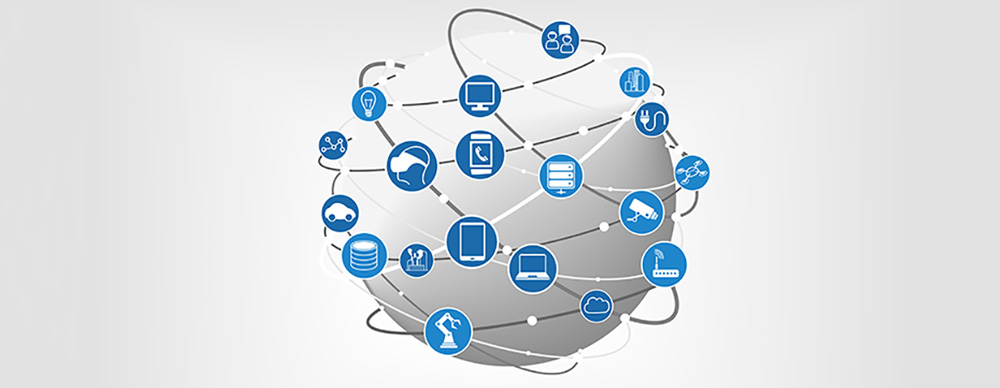
A recent outage on the O2 network affected millions of its customers across the UK. Some, like me, had the minor inconvenience of not being connected. However, some businesses and individuals were significantly impacted.
What surprised me most was the number of people and business that were 100%reliant on being connected yet had built their business around a system that had a single point of failure. Any process that could be critical in some way should be designed with some form of back up or fail over system, including internet connectivity.
We have all become so used to being connected to the internet and taking it for granted. Therefore, when it fails, we panic and look for someone to blame, but perhaps we should only blame ourselves.
Back Ups are a Necessity
I come from era and previous career, where communications were sporadic at best, or extremely expensive. When we had comms we normally had a back-up radio or a redundant, be it a land line or sat phone. Advanced and modern systems do fail, so back ups are still a necessity.
Some of the examples I heard of being impacted during the outage were medical and critical health monitoring services. Surely any self-respecting service provider would offer a back-up system by default. As a customer, one should expect, if not demand a built in back up or fail over system in the event of a failure.
Whilst our systems were not completely unaffected by the outage, most of our customers suffered no impact at all. We did see some outage in Africa,which was caused by a massive increase in signalling on our network providers systems. This was due to millions of devices on O2 repeatedly trying to connect or start data sessions unsuccessfully and overloading some systems.
Why Choose M2M SIM?
Our customers were able to stay connected by manually selecting a different network, or their devices switched to a different network automatically leaving them oblivious to the problem.
Connectivity was maintained down to our SIMs being able to use multiple networks. From feedback by our clients, we estimate that around 70% of our customers were not affected at all. 20% had intermittent problems, whilst 10%were not able to use their service at all. This 10% may have been able to stay connected had they manually changed network. Or perhaps they simply weren’t critically bothered!
So how could you take some basic steps to prevent your business or Facebook and Twitter usage coming to a grinding to a halt in the event of a single network failure?
If you run a delivery business that uses a phone to dispatch orders, or have a taxi company that receives bookings via an app, why not use a dual SIM phone? Have a contract SIM as the primary SIM for day to day use, but a Pay As You Go SIM using a different network for back up. Simple and very cost effective. Better still, use a Pay As You Go multi network SIM such as our M2M SIM as the back-up. Alternatively, carrying a second phone using a different network could be the solution. Again,think about a Pay As you Go deal with little or no monthly commitment.
Everyone is looking for the cheapest deal, but this may become costly in the event of a failure. At Global M2M SIM we have the occasional enquiries asking for free data. I think this perhaps shows people up for how much they actually value the service they are providing to their customers. Don’t let price be a too greater influence on the direct and consequential costs of an outage.
Finally, when choosing a provider or system, consider the cost of a complete failure versus the cost and inconvenience of not being connected. The price of a back-up system or multi network SIM may far outweigh the direct and consequential costs of not being connected at all. If you don’t have a back up system in place for when, not if, things fail, ask yourself why and if you can afford the inconvenience of being offline.
Ed Neal, Managing Director
No Comments yet!